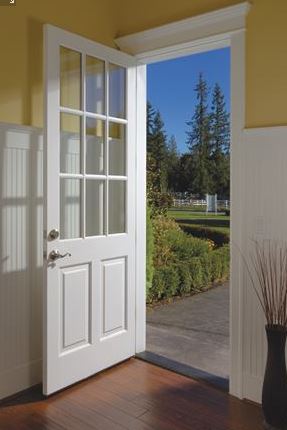The 30th annual Cost vs. Value report once again made a variety of replacement contracting jobs the top 10 most valuable home improvement projects nationwide. But as costs rise and the real estate market continues its uneven recovery, that value has largely plateaued.
“I was thinking there was going to be a lot higher pricing,” said Bill O’Donnell, president of RemodelMAX. A publisher of estimating tools for remodelers, RemodelMAX used Clear Estimates remodeling software to generate cost estimates for the report. “Nothing boomed but nothing went down either. Hopefully 2017 will be when things break open.”
O’Donnell said the flat lining of 2016 is the result of a construction market that didn’t recover as robustly as expected. But it also reflects a changing housing demographic: Millennial homebuyers just don’t seem as willing to spend on fixing up houses anymore.
“We want to think the economy is better, and we’re growing,” O’Donnell said. “Well, people are still in shock from eight years ago and they’re still wanting to save money. The next generation even more so.”
The Cost vs. Value report bears out that replacement jobs appeal to that thriftier audience, offering the most return on investment out of all home improvement. On average, replacement projects boast a 74% return on investment, while remodeling projects pay back just 63.7%. Exterior projects had an average payback of 74.9% nationally, while interior projects returned 63.5%. The annual report compares average costs for 29 popular remodeling projects with the value those projects retain at resale in 99 U.S. markets and breaks them down into Midrange and Upscale projects.
Here’s a look at the top 10 projects by national averages of replacement value:
1. Fiberglass Attic Insulation – 107.7%
2. Entry Door Replacement (steel) – 90.7%
3. Manufactured Stone Veneer – 89.4%
4. Garage Door Replacement (upscale) – 85.0%
5. Minor Kitchen Remodel – 80.2%
6. Entry Door Replacement (fiberglass) – 77.8%
7. Garage Door Replacement (midrange) – 76.9%
8. Siding Replacement – 76.4%
9. Window Replacement (vinyl) -73.9%
10. Window Replacement (wood) – 73.0%
As O’Donnell noted, rising costs had a bigger impact this year. That’s why projects that packed the biggest payback also are three of the five cheapest to complete. That low cost of install helped their cost-recouped scores. But none of the three scored as high this year as last because the cost of doing them rose faster than their perceived value.
In general, the lower-priced the project, the higher the percentage of costs that goes to materials. For example, over this past year, manufactured stone veneer costs increased 4.4%, while the cost to install a steel door went up 5.8% and the price to put in loose-fill fiberglass insulation rose 5.9%.
Even with those increases, however, projects such as attic insulation remain a high value to homeowners because it can save considerably on utility bills with no maintenance required, said Michael Kwart, Insulation Contractors Association of America’s executive director. “Insulation has a unique value proposition compared to other remodeling projects,” he said.
The same holds true for windows and doors, which occupied six of the top 10 slots on the report. Again, that speaks to the ROI homeowners see on those types of projects. “They enhance aesthetics, improve functionality and provide increased energy efficiency, benefits that allow a project to essentially pay for itself over time,” said Chad Kleis, sales director for Window World.
Looking forward, the housing data specialist Metrostudy says its Residential Remodeling Index (RRI) for the third quarter forecasts remodeling activity nationwide will increase 4.4% in 2017 and 3.3% in 2018. That activity is for pro-worthy home improvement and replacement projects worth at least $1,000.
But again, contractors who offer value will earn the most business. “Keep slogging along trying to sell quality and a reasonable price,” O’Donnell recommended. “Think more in terms of bread and butter projects rather than overselling. It’s still people’s mindset that they don’t want to pay for something fancy.”
